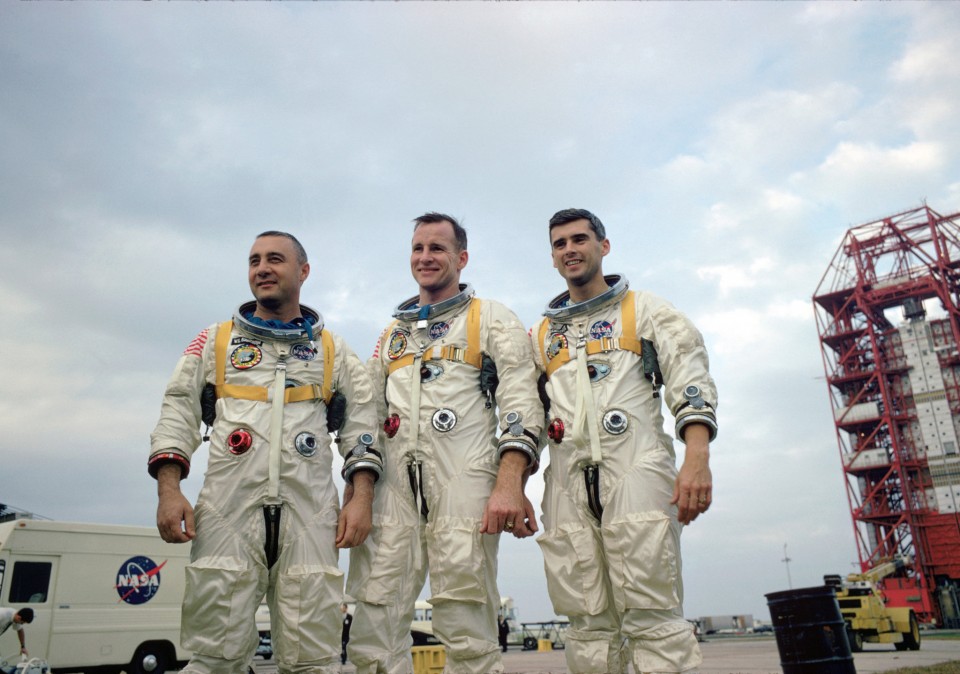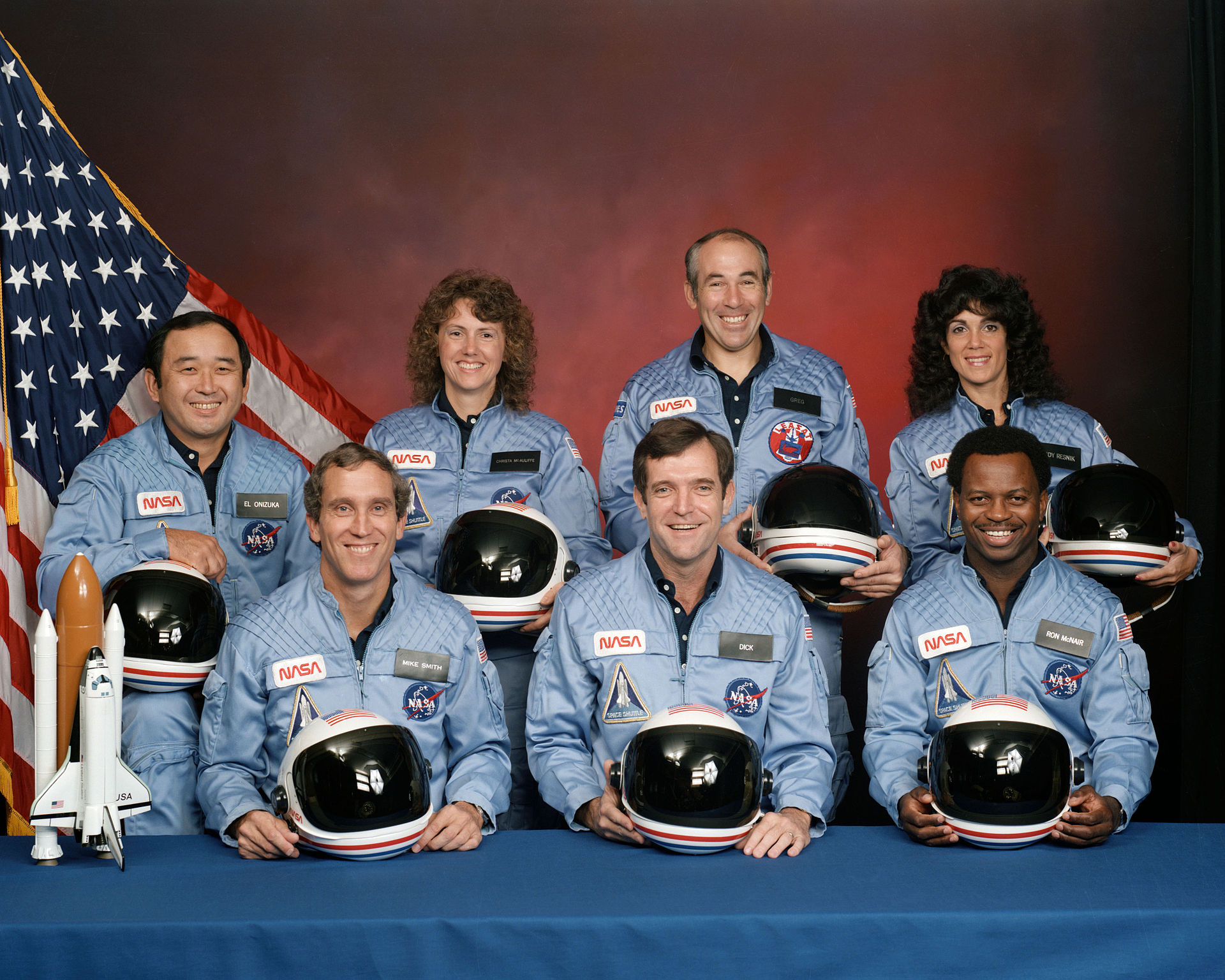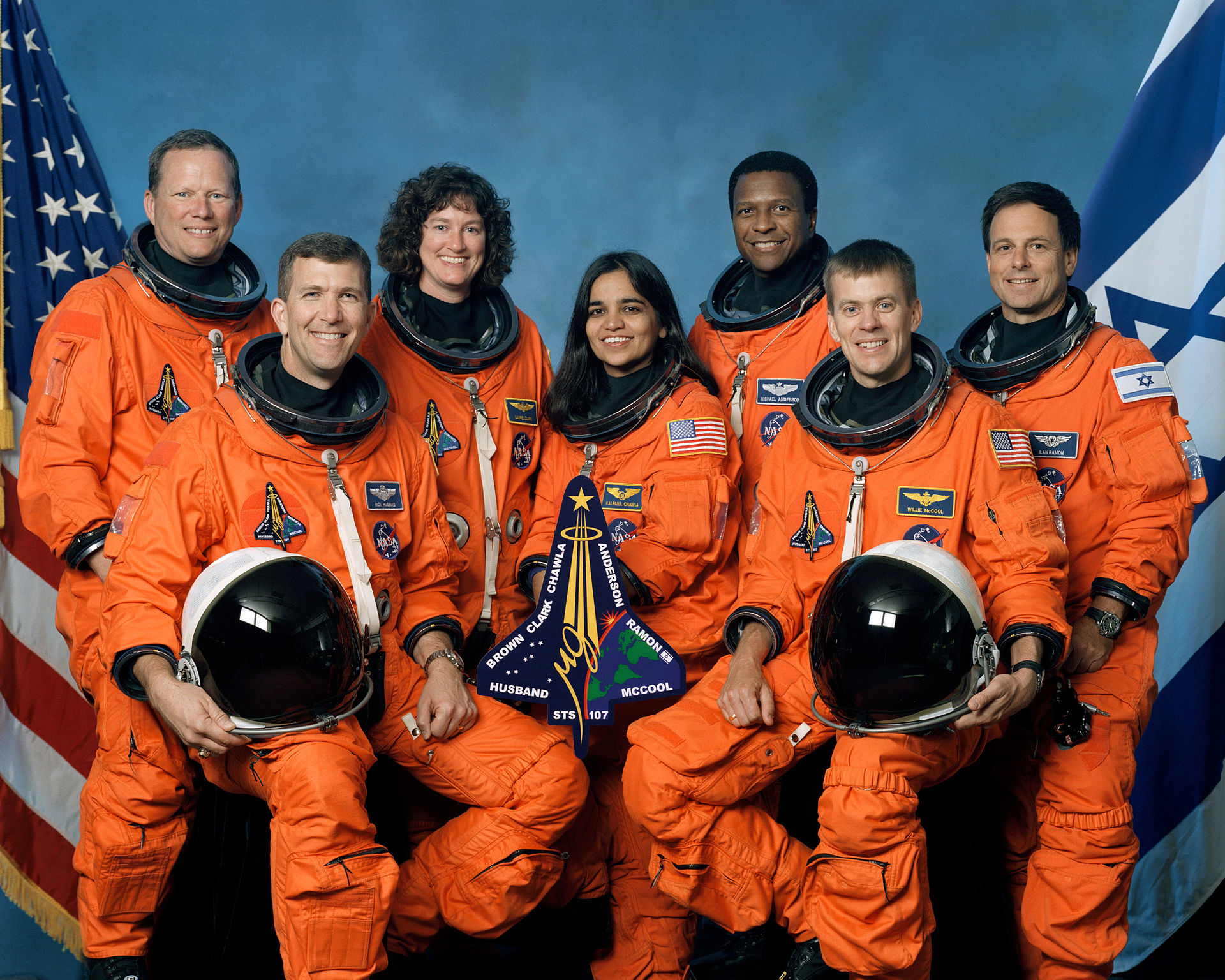This content has been archived. It may no longer be relevant
On January 27, 1967, Apollo 1 sat on its launch pad, they were doing a plugs out test, i.e. a powered test with the astronauts in their space suits, strapped into their seats in the Apollo 1 capsule.
A frayed wire, a spark, a pure oxygen environment. Fire in the capsule with no way to get out. The three astronauts perished and the nation mourned.

January 28, 1986, almost 19 years to the day since the Apollo 1 disaster. The launch had several delays, launch conflict with another mission, equipment problems, launch abort site issues and of course weather delays.
The weather was bitterly cold on the 28th, icicles had formed all over the launch facility, some engineers called for another delay but visibility was high and the pressure to launch higher. The first teacher in space was on this mission.
STS 51 L launched at 11:38 EST, at T+68 seconds Mission Control gave the command “go at throttle up” and confirmed by Commander Dick Scobee. At T+73 Challenger disintegrated.

An international crew of Astronauts launched from the Kennedy Space Center on January 16, 2003. It was a beautiful Florida day but at T+82 seconds a section of the External Tank protection broke off. It was a suitcase size piece of foam. On February 1, 2003 after a mission filled with science experiments and a multitude of tasks, it was time to come home.
Unfortunately that piece of foam impacted the Orbiters wing and left a large hole, which allowed the searing temperatures of re-entry to cause a catastrophic failure in Columbia’s structure. Columbia disintegrated over Texas minutes before it was scheduled to land at the Kennedy Space Center.

This one week period spanning over 35 years saw some of NASA’s greatest loss of life. We remember and honor the crews, making the ultimate sacrifice in the exploration of space.
Space exploration is not easy, otherwise everyone would be doing it. From these tragedies comes innovation, new methods, better practices. The designers go back to their drawing boards. They strive to make the missions safer and more reliable.
Whether crossing the ocean’s looking for new lands, doing scientific experiments in low earth orbit on a space station, exploring the moon, or eventually Mars, they are explorers. They have walked on the Moon, Built Space Stations, deployed satellites or captured and repaired them.
John F. Kennedy famously said,
“We choose to go to the moon in this decade and do the other things, not because they are easy, but because they are hard, because that goal will serve to organize and measure the best of our energies and skills, because that challenge is one that we are willing to accept, one we are unwilling to postpone, and one which we intend to win.”
We have had great success in space travel and space exploration but this week we honor those who have paid the ultimate price.

